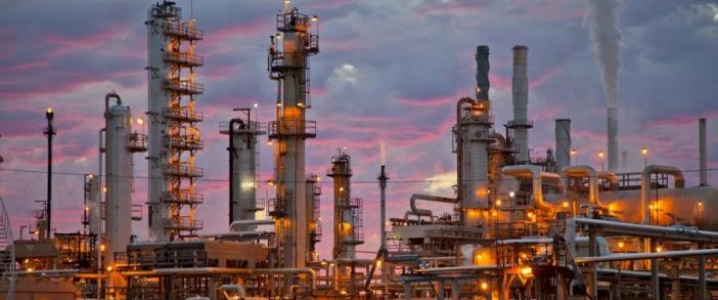Uganda Picks GE, Saipem To Build First Oil Refinery

Uganda has picked a consortium including GE and Italian Saipem to build and operate the African country’s first oil refinery. The 60,000-bpd facility will process crude from fields operated by Tullow Oil, CNOOC, and Total. The consortium competed with 40 other companies, the Ugandan Energy Ministry said in a statement as quoted by Bloomberg.
Initially, Uganda negotiated the US$4-billion project with Russian RT Global Resources and South Korean SK Engineering & Construction, but after these fell through, Kampala cast its net wider. The combined experience of Saipem and GE, now that GE has acquired Baker Hughes, tipped the scales in favor of the consortium, which also includes venture capital company Yaatra Ventures and Intracontinent Asset Holdings Ltd.
Over the next two months, the Ugandan government should conclude the framework agreement on the project with the consortium, after which construction should begin. Initially, the refinery will process 30,000 barrels of crude daily. From 2020, the refinery will receive oil from fields with estimated total resources of 6.5 billion barrels.
Separately, Uganda, which is a newcomer on the oil scene, struck a deal with Tanzania that will see the landlocked producer reach international markets from the Tanzanian port of Tanga on the Indian Ocean. The two will build a US$3.55-billion pipeline from Uganda’s oil-rich Hoima region to the port city, which will ship some 216,000 bpd at a transit cost of US$12.20 per barrel. The refinery that GE and Saipem will build will also be located in Hoima.
According to Uganda’s Energy Ministry, the country consumes some 27,000 bpd of oil products. The daily consumption of petroleum products for East Africa is 200,000 bpd, growing at an annual rate of 7 percent. Kampala tasked Foster Wheeler to carry out a feasibility study on the refinery back in 2010, and the study found that a refinery would be commercially viable at a net present value of US$3.2 billion (at 2010-2011 prices), with the internal rate of return at a respectable 33 percent.

- Keystone Oil Pipeline Resumes Operations After Temporary Shutdown
- Freeport LNG Plant Runs Near Zero Consumption for Fifth Day
- Biden Administration Buys Oil for Emergency Reserve Above Target Price
- Mexico Seizes Air Liquide's Hydrogen Plant at Pemex Refinery
- Enbridge to Invest $500 Million in Pipeline Assets, Including Expansion of 850-Mile Gray Oak Pipeline




Comments